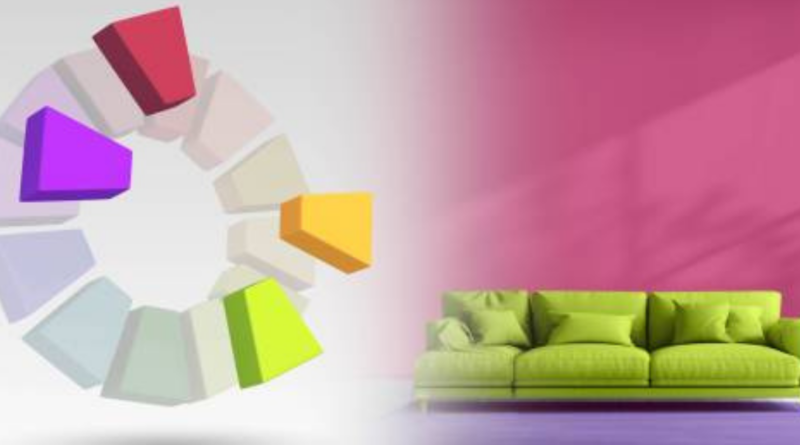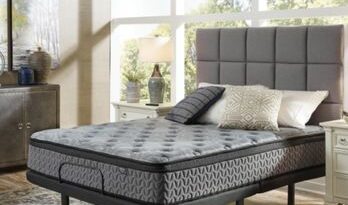Color Psychology in Modern Home Decor
Color plays a powerful role in our lives, influencing emotions, perceptions, and behaviors. In-home decor, and understanding color psychology can transform a living space into a harmonious sanctuary that reflects personality, style, and function. Colors have the unique ability to evoke feelings—calmness, energy, or creativity—making them a critical tool in interior design. Whether creating a tranquil retreat with cool, soothing tones or making a bold statement with vibrant, energizing hues, the right colors set the foundation for your home’s ambiance. This article explores how color psychology shapes modern home decor and provides actionable tips for choosing hues that elevate your space while aligning with your design goals.
Importance of Color Psychology in Home Decor
The colors you choose for your home decor do more than create visual appeal; they significantly impact mood and ambiance. For example:
- Warm colors like red, orange, and yellow evoke energy, passion, and warmth. These are perfect for social spaces like living rooms or dining areas.
- Cool colors like blue, green, and purple promote relaxation and calmness, ideal for bedrooms or bathrooms.
- Neutral tones like white, beige, and gray provide versatility, serving as a backdrop for bold accents or statement pieces.
Incorporating color psychology into home decor ensures that every room serves its intended purpose, blending style with functionality.
Creating Harmony in Modern Interiors
Modern interiors emphasize simplicity, minimalism, and functionality. Choosing the right colors for your home decor helps create a cohesive look while maintaining individuality.
- Monochromatic schemes use variations of a single color to add depth and sophistication.
- Complementary colors pair opposite hues on the color wheel, such as blue and orange, to create a striking contrast.
- Analogous palettes use neighboring hues for a seamless transition between shades.
When designing your space, balance is key. Bold walls or statement furniture can be softened with neutral accents, creating harmony without overwhelming the senses.
Choosing Colors for Specific Spaces
When integrating color psychology into home decor, each room demands unique consideration:
Living Rooms
As the heart of the home, the living room benefits from warm and inviting tones like terracotta, mustard yellow, or earthy greens. These shades foster connection and conversation, making guests feel at ease.
Bedrooms
For bedrooms, prioritize relaxation with calming hues like soft blues, muted lavenders, or pastel greens. These colors promote restful sleep and a serene atmosphere.
Kitchens
Kitchens are spaces of creativity and nourishment, so bright and energizing colors like white, yellow, or even vibrant greens can invigorate the space while maintaining cleanliness and functionality.
Role of Expensive Home Items
High-end furnishings and decorative pieces play a vital role in elevating modern home decor. Selecting luxury items like handcrafted rugs, custom furniture, or bespoke artwork not only enhances visual appeal but also communicates sophistication.
For homeowners in Mississippi, sourcing expensive home items in Mississippi can add a touch of local charm to their spaces. From artisanal pottery to locally crafted wood furniture, these pieces often combine timeless craftsmanship with modern aesthetics. Incorporating such items into your design ensures that your decor remains unique, and rooted in both style and quality.
Trending Colors in Modern Home Decor
Staying updated on color trends can keep your home decor fresh and relevant. Recent trends include:
- Earthy tones: Shades like clay, taupe, and moss green bring warmth and a connection to nature.
- Deep jewel tones: Emerald green, sapphire blue, and amethyst purple add luxury and depth to interiors.
- Soft pastels: Blush pink, lavender, and mint green provide subtle sophistication.
- Dark neutrals: Charcoal, navy, and espresso create a moody yet elegant vibe.
When adopting trends, consider how they complement your existing decor and personal style. A few accents in trending colors can modernize your space without a complete overhaul.
Accessorizing with Color
Accessories are a cost-effective way to incorporate color psychology into home decor without committing to permanent changes. Consider:
- Throw pillows and blankets in bold patterns or vibrant hues to add personality.
- Wall art and photography to introduce dynamic visuals.
- Rugs and curtains that tie a room together with complementary shades.
These small changes can refresh your space and align with seasonal trends, offering versatility without requiring major renovations.
Tips for Using Color in Home Decor
To ensure your home decor aligns with color psychology principles, follow these tips:
- Start with a neutral base: This provides flexibility for adding pops of color without overwhelming the design.
- Test before committing: Paint samples on walls and observe them in different lighting conditions.
- Consider the function: Align color choices with the room’s purpose energetic tones for active spaces, and calming hues for relaxation zones.
- Layer shades: Combine lighter and darker variations of a single color for depth and texture.
- Add natural elements: Wooden furniture, plants, or stone accents complement any color palette and ground the design.
Color Psychology and Modern Lifestyles
In today’s fast-paced world, home decor serves as both a refuge and a statement. Colors that soothe, energize, or inspire can influence your daily life and well-being. Whether through luxurious statement pieces, carefully curated color palettes, or accessories, embracing color psychology allows homeowners to design spaces that reflect both their personality and the functionality of their lifestyle.




